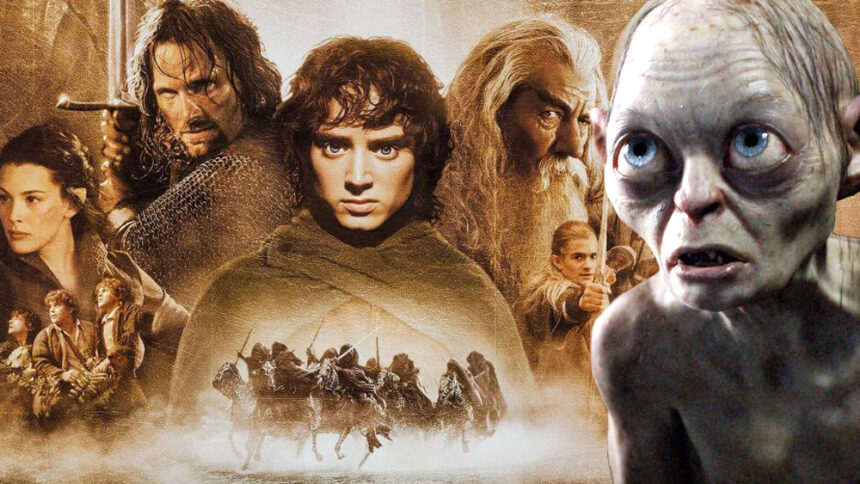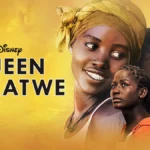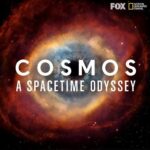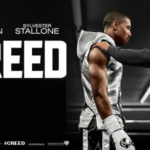In the realm of storytelling, the transition from book to film has long been a subject of scrutiny, debate, and anticipation. Adapting a beloved literary work into a cinematic experience is a delicate art, requiring a delicate balance between honoring the source material and embracing the unique language of film. While not all adaptations hit the mark, there are shining examples where filmmakers have succeeded in capturing the essence of a book while adding their own cinematic flair. Here, we celebrate those adaptations that have been done right, seamlessly bridging the worlds of literature and film.
- The Lord of the Rings Trilogy (2001-2003):
J.R.R. Tolkien’s epic fantasy series found new life on the silver screen under the masterful direction of Peter Jackson. The trilogy, comprising “The Fellowship of the Ring,” “The Two Towers,” and “The Return of the King,” not only captured the grandeur and depth of Tolkien’s world but also introduced audiences to groundbreaking visual effects and unforgettable performances. By staying true to the heart of the story while making necessary adjustments for the medium, Jackson crafted a cinematic masterpiece that continues to enchant viewers worldwide. - To Kill a Mockingbird (1962):
Harper Lee’s Pulitzer Prize-winning novel received a worthy adaptation in the form of Robert Mulligan’s film. Gregory Peck’s portrayal of Atticus Finch remains one of cinema’s most iconic performances, capturing the character’s integrity and compassion with remarkable authenticity. The film’s faithfulness to Lee’s themes of racial injustice and moral courage ensures that its message resonates just as powerfully on screen as it does on the page. - The Shawshank Redemption (1994):
Based on Stephen King’s novella “Rita Hayworth and Shawshank Redemption,” this film directed by Frank Darabont has earned its place as a timeless classic. Through its poignant storytelling and stellar performances by Tim Robbins and Morgan Freeman, “The Shawshank Redemption” transcends its literary origins to deliver a deeply affecting meditation on hope, friendship, and the resilience of the human spirit. - Gone Girl (2014):
Gillian Flynn’s gripping thriller took audiences by storm with its ingenious plot twists and complex characters. Director David Fincher brought Flynn’s chilling tale to life with his trademark style and precision, maintaining the novel’s suspense while offering fresh insights into its central mystery. Rosamund Pike’s mesmerizing performance as the enigmatic Amy Dunne further solidifies this adaptation as a standout achievement in contemporary cinema. - The Silence of the Lambs (1991):
Thomas Harris’s psychological thriller found its ideal cinematic counterpart in Jonathan Demme’s adaptation. With Jodie Foster and Anthony Hopkins delivering career-defining performances as Clarice Starling and Hannibal Lecter, respectively, the film captivates audiences with its atmospheric tension and psychological depth. Demme’s meticulous attention to detail and the film’s unflinching exploration of darkness and redemption ensure its place as a benchmark in the genre.
These adaptations serve as a testament to the enduring power of storytelling, demonstrating that when executed with care and vision, the transition from page to screen can elevate both mediums. While challenges abound in adapting literature for film, the success of these examples proves that with the right blend of reverence and innovation, filmmakers can create cinematic experiences that honor the source material while captivating new audiences. As we continue to celebrate the art of adaptation, let us recognize and appreciate those instances where books and films converge to create something truly extraordinary.











